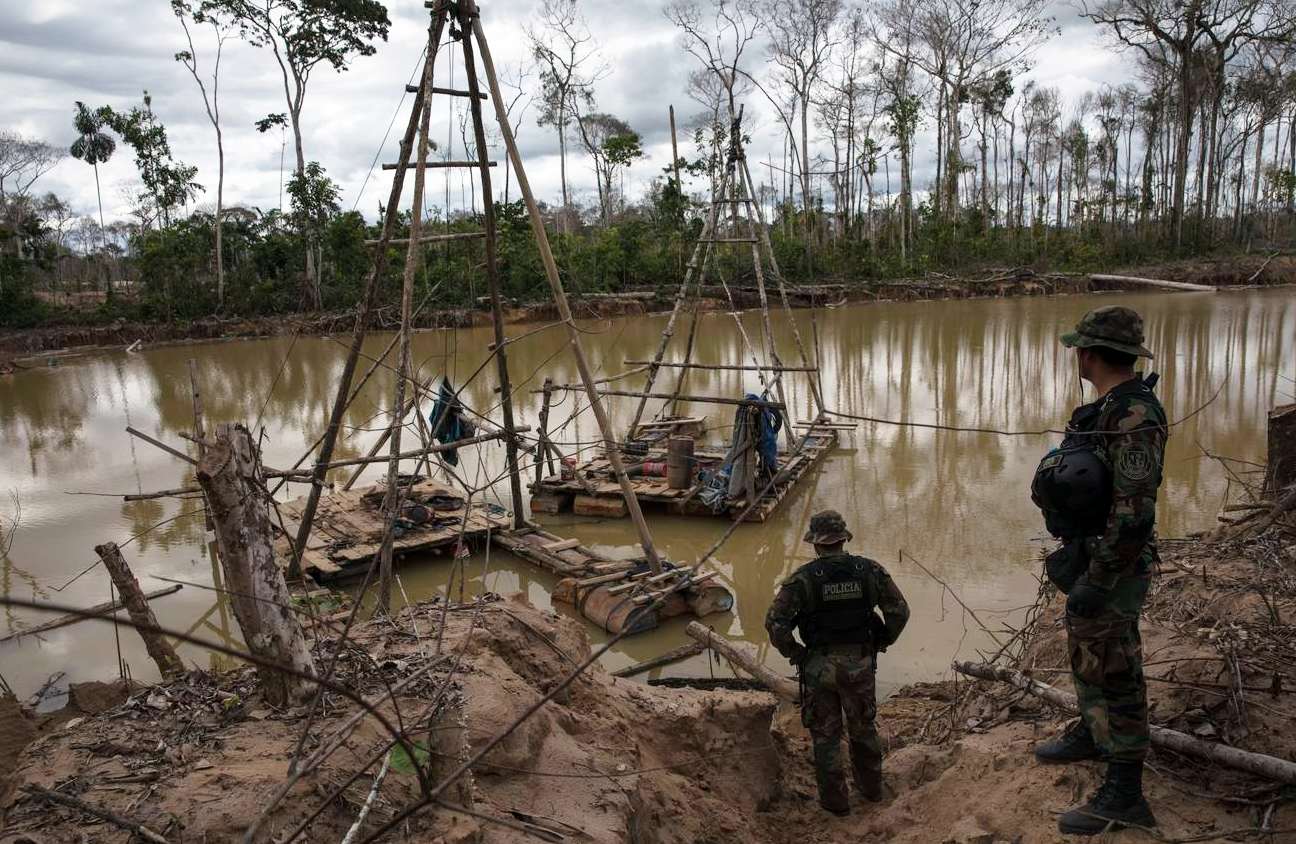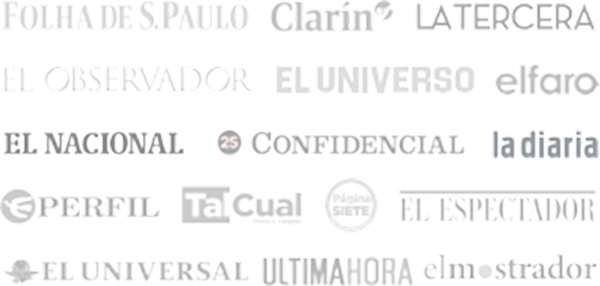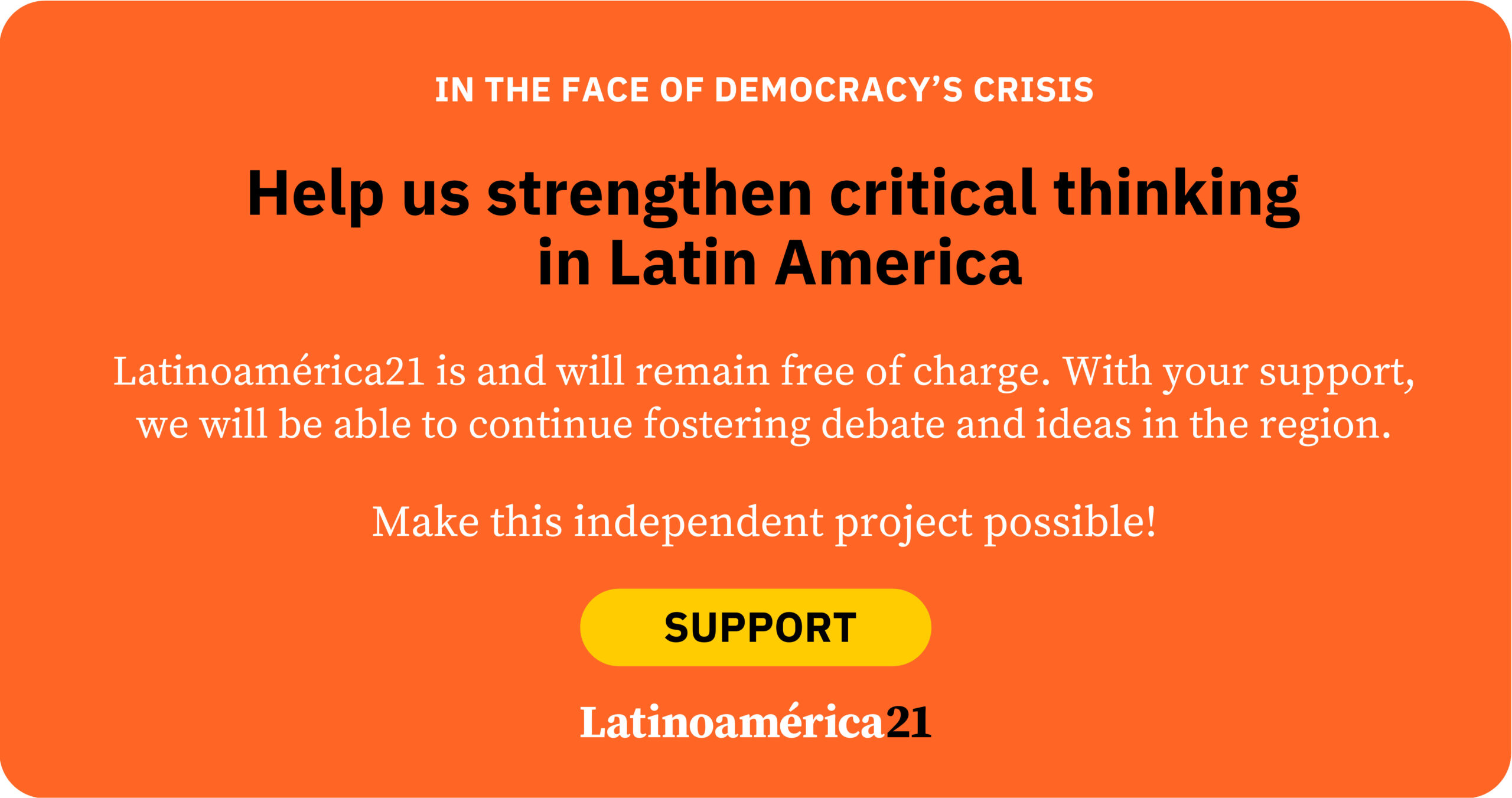In April 2026, when Peruvians once again head to the polls to elect the next president of the Republic, there will be a powerful and silent actor that does not appear on the ballots: illegal mining.
This “invisible party” moves millions of dollars outside the law, controls entire territories, and has shown its capacity to corrupt and eliminate indiscriminately. Its tentacles extend all the way to Congress, where it has allies ready to perpetuate its impunity. Neither police operations nor military interventions have managed to contain a power that now openly competes for political control of the country.
Peru is, without a doubt, a mining nation. Its investment portfolio reaches US$63 billion, spread across 68 projects throughout the national territory, which demonstrates the enormous potential of this sector to sustain the national economy. In the first five months of 2025 alone, executed mining investments already totaled US$1.845 billion.
But while formal mining contributes jobs, foreign currency, and taxes, illegal mining advances unchecked, draining the State’s resources.
According to the Ministry of Economy and Finance (MEF), this illicit activity represents around 2.7% of Peru’s GDP — an amount comparable to that of a medium-sized formal sector. The Public Prosecutor’s Office estimates annual losses exceeding S/22.7 billion (more than US$6.5 billion), and between 2023 and 2025 alone, the state may have failed to collect S/7.5 billion (over US$2 billion) in taxes and royalties. In effect, it has become a parallel economic power.
Worse still, illegal mining also gives rise to a series of extremely serious collateral problems such as human trafficking (for sexual and labor exploitation), child labor, forced prostitution in mining camps, illegal logging, contamination of watersheds and rivers with mercury, forced displacement of Indigenous communities, and a resurgence of criminal violence that, unfortunately, continues to rise.
The most violent epicenter of this war is Pataz, in the La Libertad region, 1,455 km north of Lima, whose governor is César Acuña, the most powerful man in the country according to the October power survey by SEMANAeconómica. There, over the past three years, the mining company Poderosa has reported 18 workers murdered in attacks linked to criminal gangs dedicated to illegal gold extraction. According to the National Society of Mining, Oil and Energy (SNMPE), the total death toll in Pataz already exceeds 50.
This is, therefore, a business that, beneath the shine of gold, conceals a network of violence, corruption, and environmental destruction.
Where does its power come from? The harmful impact of illegal mining would not be possible without political backing. In Congress, left-wing parties and blocs such as Juntos por el Perú, led by former minister Roberto Sánchez, have been key in keeping alive the system that protects illegal miners.
Sánchez staunchly defended the extension of the so-called REINFO (Comprehensive Registry for Mining Formalization) until December of this year, even though the registry should have been closed long ago. The extension amounts to granting a letter of marque to those operating outside the law, allowing them to continue extracting gold without control, using explosives, and even trading prohibited materials beyond police reach — all under the pretext of a “formalization” process that never ends. In practice, REINFO has become a shield of impunity.
The link between political power and illegal mining is highly visible in Parliament. According to journalistic reports, more than 75% of members of Congress from Fuerza Popular, Avanza País, and Perú Libre have supported initiatives favoring mining deregulation. Moreover, at least 14 leaders of the informal mining sector are affiliated with parties represented in Congress, such as Renovación Popular, led by the resigning mayor of Lima, Rafael López Aliaga, Perú Libre, Juntos por el Perú, and Podemos Perú.
Illegal mining is also closely tied to local and regional political authorities. At least 59 mayors from different regions appear registered in REINFO, and a high percentage of regional governors have been investigated for corruption, especially in mining zones such as Junín, Puno, Áncash, Arequipa, Madre de Dios, Huánuco, Tumbes, and Ucayali.
What guarantees do we have that illegal mining will not continue infiltrating Peruvian politics in 2026? What ensures that, with the money it moves and the web of complicity it has built, it won’t even be able to place the next president of the Republic? Nothing.
Because, whether it happens or not, illegal mining is already a political actor with resources, influence, and territorial presence. Its advance seeks to buy wills, intimidate the state, and capture institutions from within. In the upcoming elections, its shadow will be present in every region, silently competing for control of Peru’s future.
What began as a clandestine business could end up deciding the elections. We have been warned.














